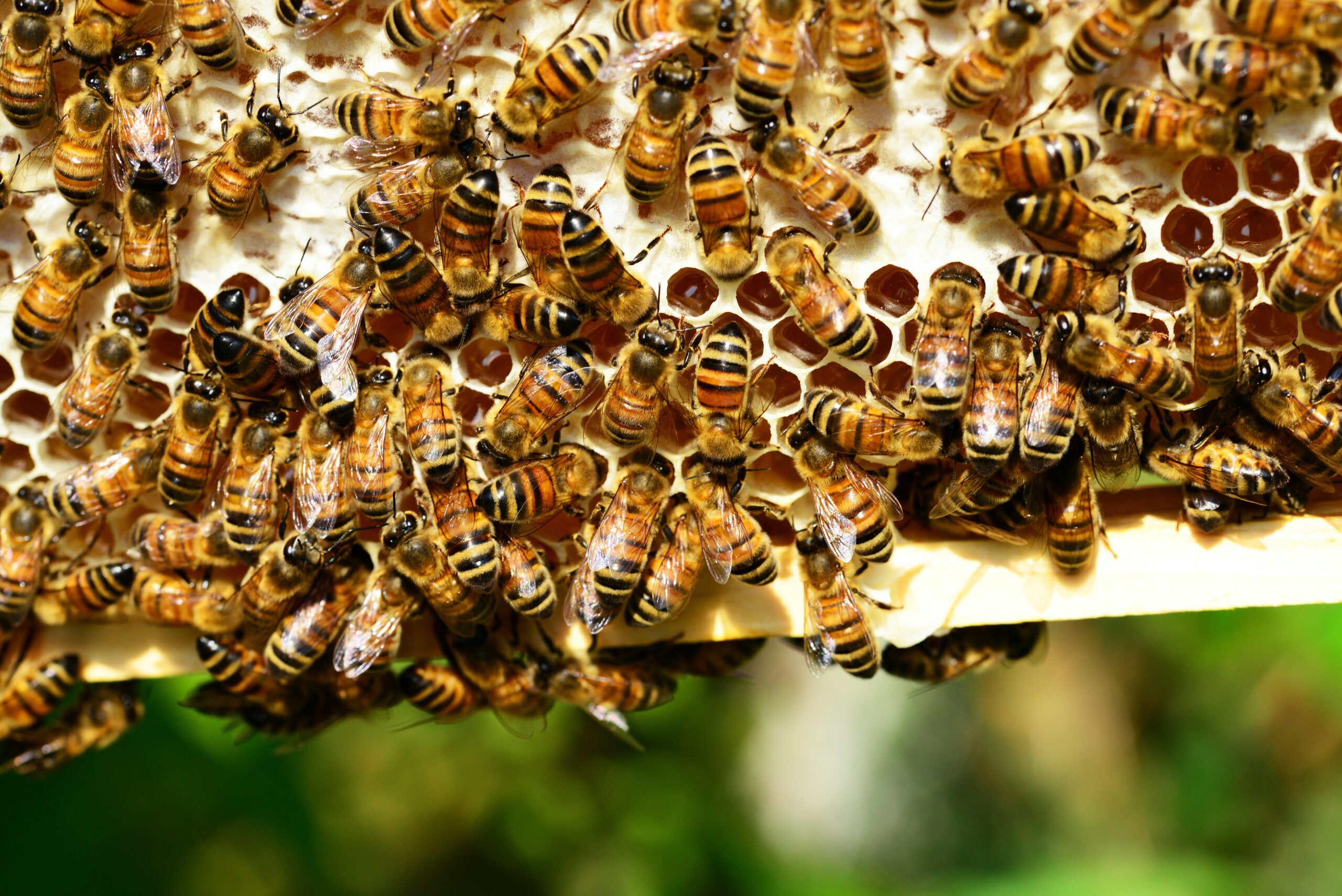History of Beekeeping
Beekeeping is one of the oldest branches of agriculture. It originated in the Stone Age, when humans began to collect wild honey.
The earliest evidence of beekeeping was found in caves in Spain and France. These evidences date back to the period from 9000 to 7000 BC. They include images of bees, as well as the remains of honeycombs and honey.
In Ancient Egypt, beekeeping was widespread. Egyptians used honey for food, for making drinks, and for medical purposes. They also used beeswax for making candles and other objects.
In Ancient Greece and Rome, beekeeping was also well-developed. Greeks and Romans used honey for food, for making drinks, and for medical purposes. They also used beeswax for making candles and other objects.
In the Middle Ages, beekeeping continued to develop. During this period, new beekeeping methods were invented, such as the use of wooden and clay hives.
In the Renaissance, beekeeping continued to develop. During this period, new beekeeping methods were invented, such as the use of frame hives.
In the 19th century, beekeeping became even more widespread. During this period, new beekeeping methods were invented, such as the use of centrifuges for extracting honey.
In the 20th century, beekeeping became even more technologically advanced. During this period, new beekeeping methods were invented, such as the use of sensors to monitor the condition of beehives.
Today, beekeeping is an important branch of agriculture. It provides us with honey, beeswax, and other beekeeping products.
Stages of Beekeeping Development
The history of beekeeping can be divided into several stages:
- Wild Beekeeping (before 6000 BC) – people collected wild honey from tree hollows and other natural shelters.
- Bartending (6000 BC – 1814) – people began to use beehives, that is, tree hollows, to keep bees.
- Coffin beekeeping (1814 – 1920s) – people began to use coffins, that is, wooden boxes, to keep bees.
- Frame beekeeping (since the 1920s) – people began to use frame hives, that is, hives divided into individual honeycombs.
The Impact of Beekeeping on Civilization
Beekeeping has had a major impact on civilization. Honey was one of the first foods that humans began to eat. It was also used for medical purposes, for making drinks, and in religious ceremonies. Beeswax was used for making candles, dishes, and other objects.
Beekeeping has also played an important role in the development of agriculture. Bees pollinate plants, which helps them to pollinate and increase yields.
Today, beekeeping is an important branch of agriculture. It provides us with honey, beeswax, and other beekeeping products. Bees also play an important role in pollination of plants.
Challenges for Beekeeping
In recent years, beekeeping has faced a number of challenges, including:
- Pesticide use – pesticides can be harmful to bees.
- Climate change – climate change can lead to a decline in bee populations.
- Diseases and parasites – diseases and parasites can lead to the death of bees.
Beekeepers and scientists are working to find ways to address these challenges. They are developing new beekeeping methods that will be more sustainable and environmentally friendly.


